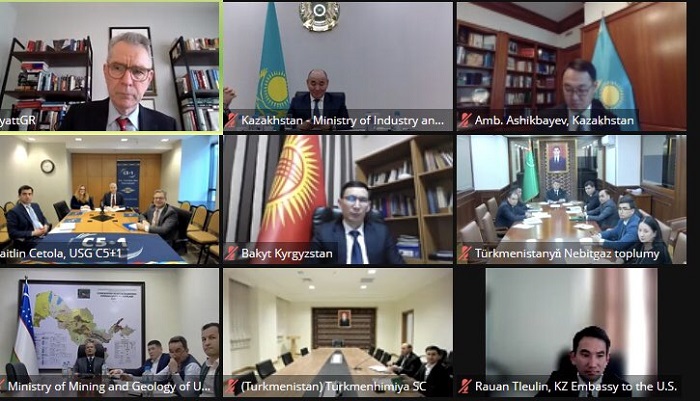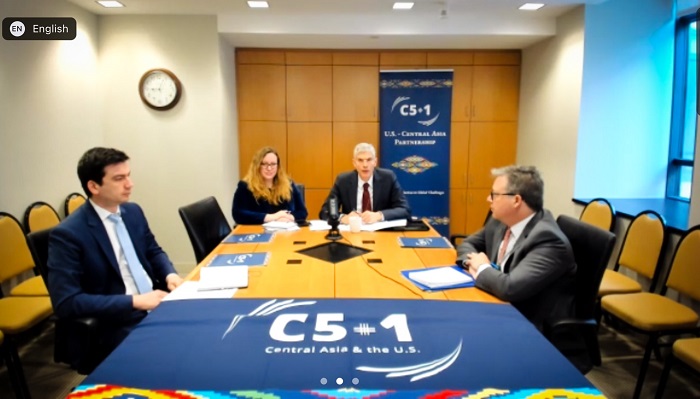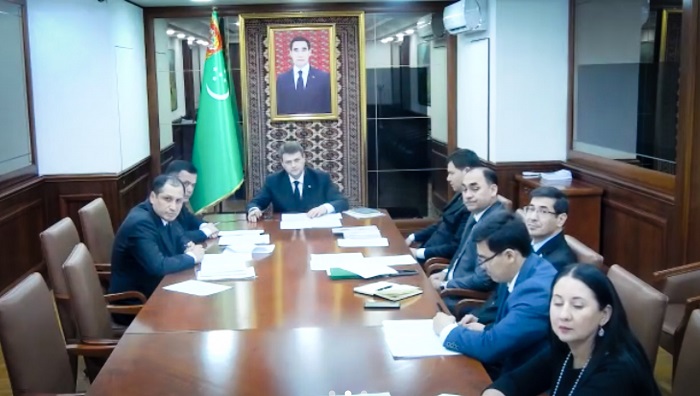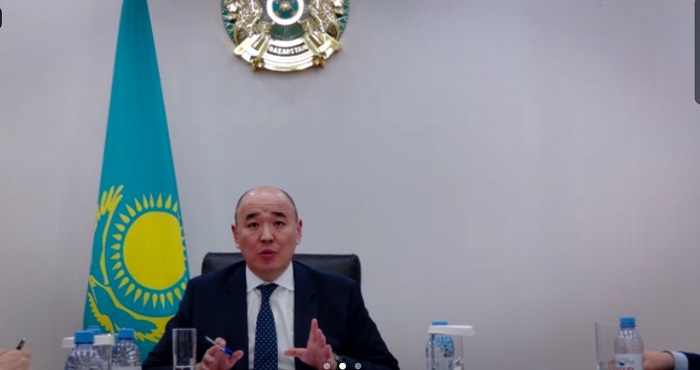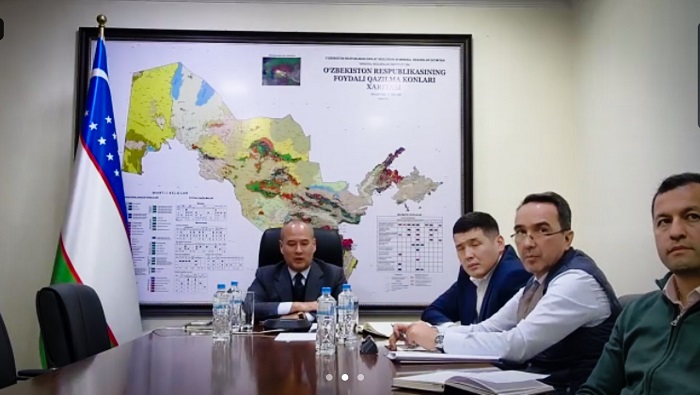On 8 February 2024, the US Department of State hosted the inaugural meeting of the C5+1 Critical Minerals Dialogue (CMD).
According to press release, issued by the US Department of State, the meeting was chaired by Under Secretary for Economic Growth, Energy, and the Environment Jose W. Fernandez. The discussion was focused on goals and objectives of the CMD, which will seek to increase the region’s involvement in global critical minerals supply chains, strengthen economic cooperation, and advance the clean energy transition, while also protecting Central Asia’s unique ecosystems.
Assistant Secretary of State for Energy Resources Geoffrey Pyatt moderated the event, accompanied by Deputy Assistant Secretary of State for Central Asian Affairs John Mark Pommersheim and colleagues from across the U.S. government who work on critical minerals.
Senior officials from each of the Central Asian governments shared their interest in developing investment opportunities in critical minerals that meet the highest environmental, social standards, and governance.
In the spirit of C5+1 collaboration, each country underscored the benefit of working together to advance shared critical minerals objectives including diversification of markets and development of technologies.
Among the initiatives discussed, the United States emphasized opportunities through the Minerals Security Partnership and Partnership for Global Infrastructure and Investment.
The United States welcomed input from the C5 countries to promote new partnership and investment opportunities and efforts to continue the dialogue through national coordinators within the C5+1 framework.
The initiative to hold Critical Minerals Dialogue, was announced by President Biden and the presidents of Kazakhstan, the Kyrgyz Republic, Tajikistan, Turkmenistan, and Uzbekistan at C5+1 Presidential Summit in New York last September.
On the wealth of critically important minerals in Central Asia
The International Tax and Investment Center, a non-profit Washington-based organization based, in December 2023, released a report entitled “Leveraging Central Asia’s Rare Earth Elements for Economic Growth,” which analyzes the abundance of rare earth metals in Central Asia. It pays special attention to Kazakhstan, the owner of the largest reserves of REE in the region. Kazakhstan also holds the world’s largest chromium reserves and the second largest uranium reserves, as well as very strong positions in many other mining industries.
The report highlights the need for reliable supplies of REEs reaffirms the importance of ties with these countries, and in particular with Kazakhstan, not only in securing REEs for Western markets but in building closer geopolitical ties.
In 2012-2016, the U.S. Geological Survey conducted an inventory of mineral deposits throughout Central Asia. At that time, 384 REE-(RM) occurrences were detected, including 160 in Kazakhstan, 87 in Uzbekistan, 75 in Kyrgyzstan, 60 in Tajikistan, and two in Turkmenistan. The updated report of the US Geological Survey for 2018 says that the 2016 findings range from mineral showings to previously developed deposits.
Uzbekistan has large reserves of various raw materials such as silver, titanium and lithium, and is also the world’s fifth supplier of uranium and has the eleventh largest proven reserves of copper in the world.
In Turkmenistan, experts believe the Garabogazgol Bay holds significant, yet untapped, critical mineral deposits.
Tajikistan explored over 800 mineral deposits, including copper, silver, gold, and rare earth elements like lithium.
Kyrgyzstan recently discovered lithium occurrences, attracting keen interest from international companies from China, South Korea and Germany.
Critical minerals, with their diverse applications in industry, clean energy, to strategic industries for national security, are transforming the resource landscape. As demand outpaces supply, these minerals are likely to replace oil and gas as the future target of resource exploration and competition. ///nCa, 12 February 2024
